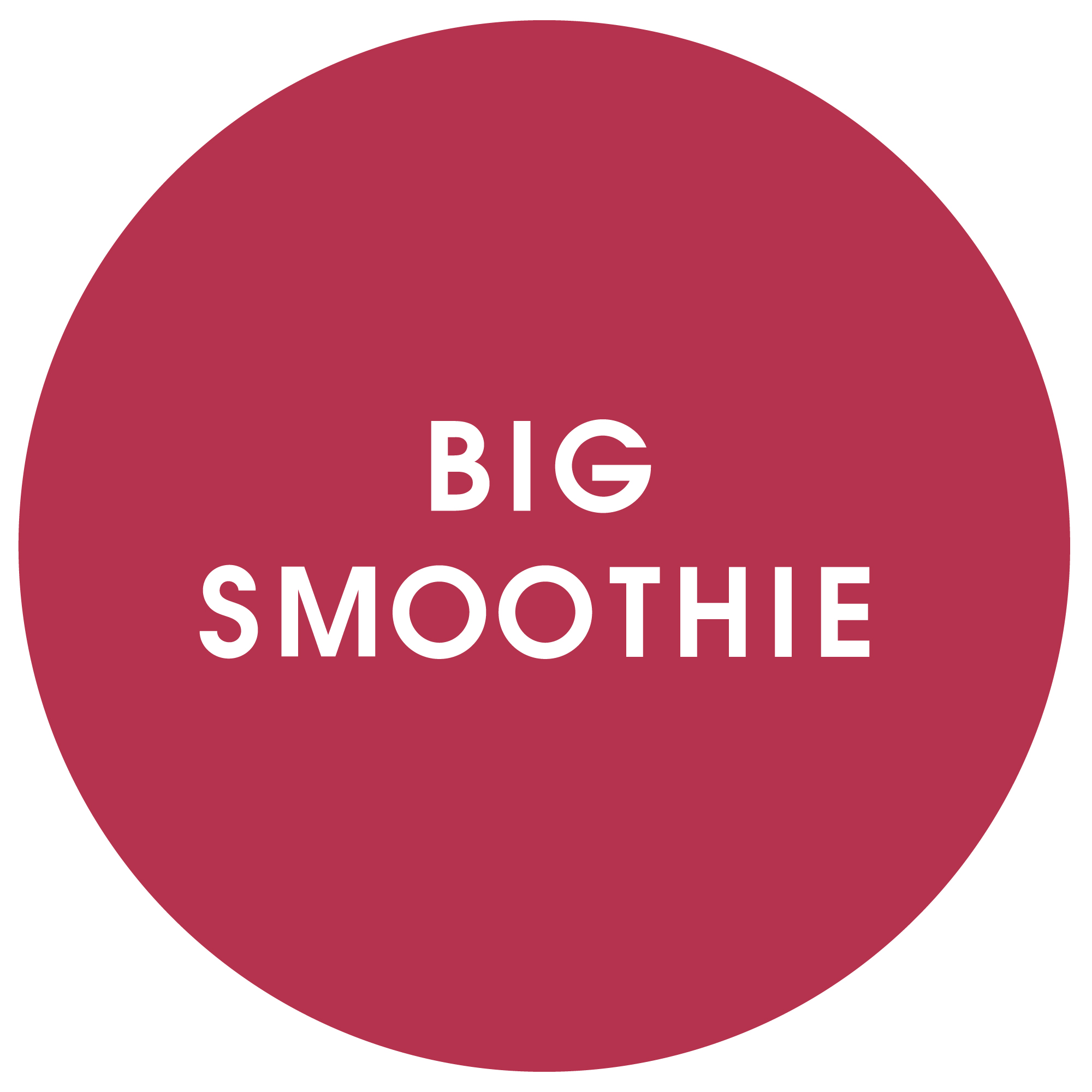Château Angélus 2012
Château Angélus 2012, 14%, Saint-Émilion, France
(c £270+ per bottle in bond, BI and other sellers, see Wine Searcher)
Angélus is not a wine to shy from the limelight. It commands superstar prices. It features in James Bond movies. Its grandly renovated chateau in Saint-Émilion boasts a bell tower that can play national anthems to order. And its recently acquired hotel and restaurant, Logis de la Cadène, was awarded a Michelin star in February.
It’s also a wine that can be showy in style – especially young. And yet this is no show pony: in 2012 the property was promoted to the elite Premier Grand Cru Classé ‘A’ status and the wine consistently has the class and substance to be among the region’s finest. It also ages notably well: at an event in 2005 I tasted 20 vintages from 1985 to 2004 – with the 1998, 2000, 1990, 2004, 1994, 1996 and 1989 all showing impressively.
And yet it is not immune to change, as I discovered when I tasted this 2012 alongside the 2006, 2009 and newly bottled 2014 as part of an event with co-owners and cousins Stephanie de Boüard-Rivoal and Thierry Grenié de Boüard in London.
Stephanie (daughter of Hubert) and Thierry (son of Jean-Bernard) are the new generation now taking over and they have big plans. Massively upscaling and improving their second wine Le Carillon d’Angélus is one of them: a new winery is being built, with the plant to grow from 40,000 bottles to 80-100,000 in time. Further non-wine investments are to be expected, ‘to diversify assets’, as Stephanie puts it. Logistics and distribution are being ‘cleaned up’, in Stephanie’s words, with partner négociants expected to respect recommended prices, have sound finances, supply top global networks and – above all – communicate effectively. Their small amount of Cabernet Sauvignon is being replanted to Cabernet Franc. Other projects will be announced shortly.
For the top wine, there is a focus on Cabernet Franc, murmurs of reducing oak, and brand new labels incorporating RFID tags to fight fraud.
I’ve always admired the wine for the way it manages to be both opulent but also grounded – sometimes oaky and rich-fruited, yet also grippy and with a structure and backbone often lacking in other, showy Right Bank wines. Although I have to admit that this delicate balance – predicated on a constantly changing blend of Cabernet Franc (tension, grip, aromatics) and Merlot (plump fruit, flesh and body) – can sometimes lapse into an awkward, almost conflicted style.
This 2012 surprised me in this tasting. It was a beautifully savoury mid-weight red, grippy but cogent and rounded, belying the vintage’s modest reputation. By comparison, the 2006 was finely scented but a bit cold and bony; the 2009 was lifted but somewhat fiery; the 2014 impressive and sleek but not the most complete on the finish. All wines save the 2006 come with the qualification of still being notably young.
(8/10, Peter, March 2017)

